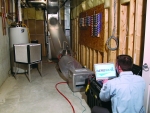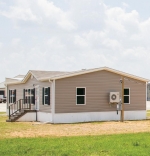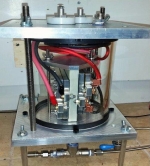RSS
The Office of Energy Efficiency and Renewable Energy's (EERE) successes in technology cost reduction, highly efficient methods and materials, construction planning, and practices to save energy in homes, have huge energy-saving potential. Explore EERE's buildings and homes success stories below.




















